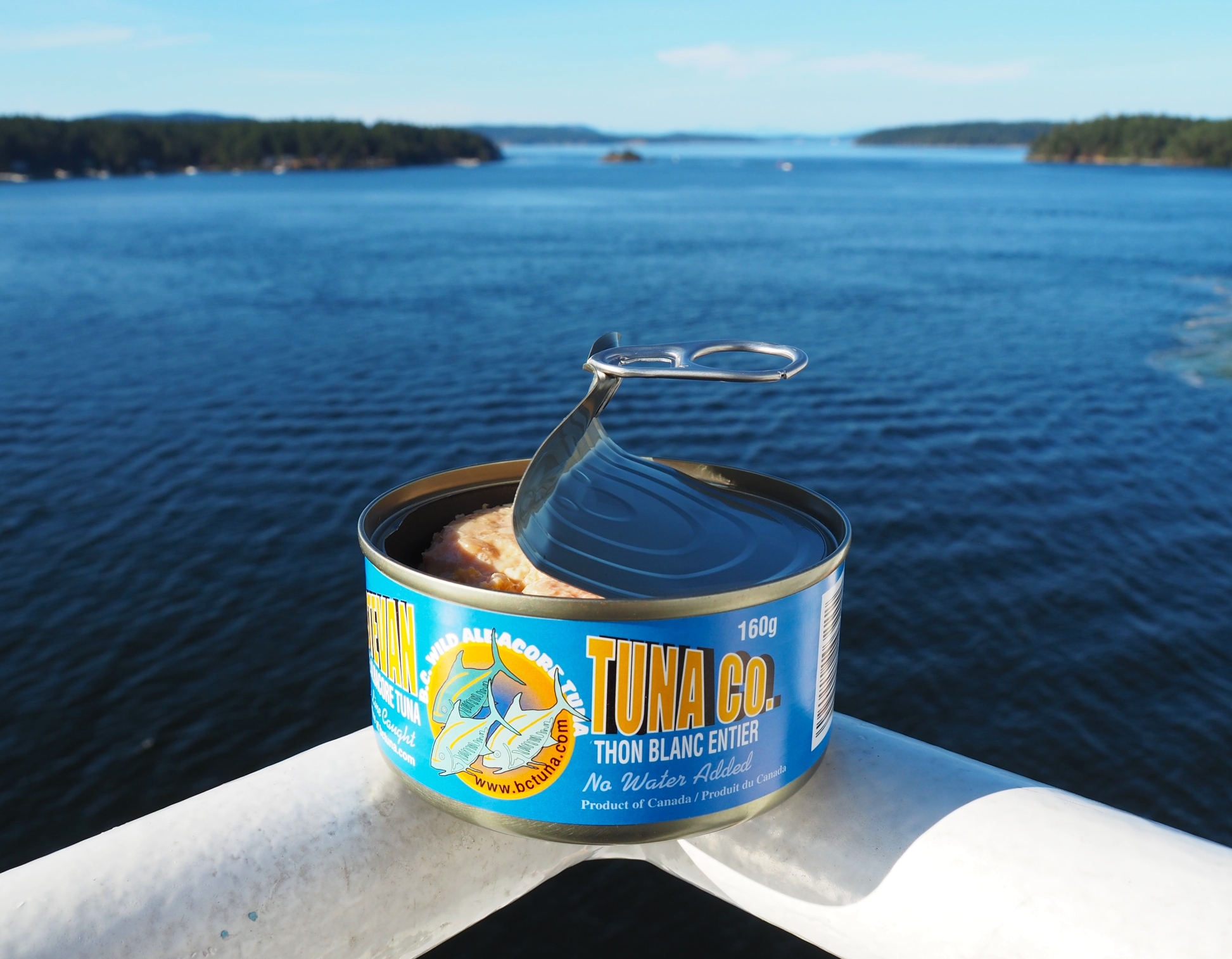16 août 2023

Near Victoria’s bustling waterfront, history was made on Friday during the annual Commission meeting for the Inter-American Tropical Tuna Commission (IATTC), hosted by the Canadian government in the British Columbia capital. In addition to progress on fish aggregating devices (FADs), vessel monitoring systems (VMS), and sharks, harvest strategies were one of the most prominent headlines with the adoption of a harvest strategy for North Pacific albacore.
After nearly a decade of work, with leadership from Canada, the United States, and Japan, North Pacific albacore is now IATTC’s first harvest strategy based on a management strategy evaluation (MSE). This accomplishment was monumental not only for the economic importance of the fishery and the amount of work invested in it, but also because it now has the opportunity to become the first trans-Pacific harvest strategy if a complementary measure is adopted by the Western and Central Pacific Fisheries Commission (WCPFC) at its Commission meeting in December.
This year’s measure follows up on IATTC’s commitment from 2022 to adopt a joint harvest strategy with WCPFC for the stock based on agreed upon management objectives and reference points. It fully specifies the harvest control rules, including a corresponding equation to set fishing intensity, while also providing a method and timeline for reviewing the harvest strategy beginning in 2030. Pending adoption by WCPFC in December, it also directs IATTC to coordinate with International Scientific Committee for Tuna and Tuna-Like Species in the North Pacific (ISC) to advise how the fishing intensity translates to on-the-water management beginning next year. This work will include balancing catch allocation across both IATTC and WCPFC, as well as individual North Pacific albacore fisheries within each RFMO divided by gear type (e.g., long liners, surface gear).
The adoption of this harvest strategy comes at a critical point when climate change is impacting fisheries globally and sets an important precedent for future harvest strategies as IATTC undertakes an ambitious agenda for this sustainable fisheries policy in the next two years. Next up will be bigeye tuna, set for adoption in 2024. Beyond that, yellowfin and skipjack are also on the agenda, as well as another joint harvest strategy with WCPFC for Pacific bluefin. Opportunities may arise for additional species as well. Another exciting outcome of the IATTC Commission was the adoption of a new measure that requires research and management for dorado (mahi mahi), for which an MSE was previously completed in 2019. This measure could help jumpstart a potential updated MSE and harvest strategy for this valuable stock as well. IATTC did not adopt a measure based on the prior MSE because of disagreement on whether they had the authority to manage the stock; this measure clarifies the answer to that question.
The Commission also adopted a new climate change resolution ensuring it will be a dedicated subject for the organization’s science and Commission meetings. Importantly, the measure directs staff to include climate considerations in future MSEs, demonstrating the recognition of harvest strategies as a climate adaptation tool that can make fisheries more robust to climate change impacts.
How can IATTC deliver on all these expectations? Up until this point, IATTC contracted external scientists to support MSE work. But at last week’s meeting, IATTC made an important decision to include an additional full-time staff member for MSE as part of next year’s budget. This new capacity and long-term investment in MSE puts IATTC in a strong position to adopt the bigeye harvest strategy on schedule, in 2024, to then move to harvest strategies for other stocks that will follow, and finally to help further integrate climate change considerations into the work.
The sound of the gavel at the Commission’s conclusion ushered in a new era of sustainable fisheries management for the eastern Pacific. IATTC has now joined the club of other tRFMOs that have applied MSE and harvest strategies for their fisheries, and a growing community of RFMOs that are formalizing their focus on climate change. The adoption of the harvest strategy for North Pacific albacore, and other related measures for MSE, signal that harvest strategies are no longer an emerging tool for managing fisheries. They are the present, now utilized in every tRFMO today. And they are also the future, for their role in helping fisheries adapt to climate change and a more unpredictable ocean in the years to come.
Now the question remains, will WCPFC solidify these accomplishments by adopting the North Pacific albacore harvest strategy in December? Since the champions at IATTC, namely Canada, the U.S. and Japan, are all members of WCPFC, and WCPFC’s Northern Committee already endorsed the harvest strategy last month, things look promising.